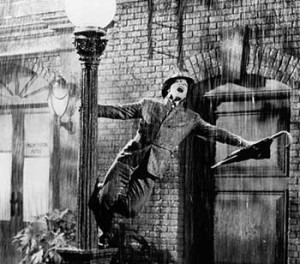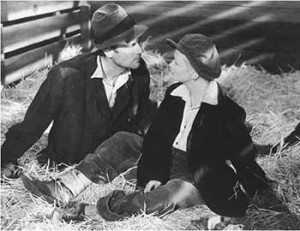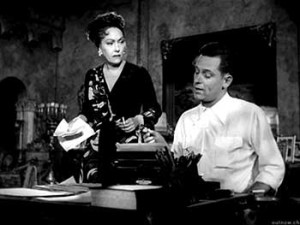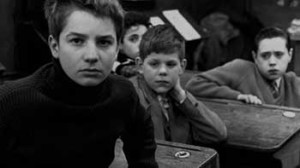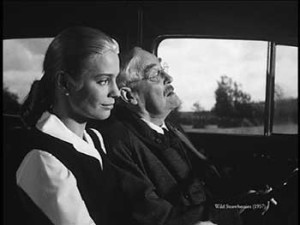Additional Speaking Topics
CLASSICS OF HOLLYWOOD’S GOLDEN AGE: Why do so many old films fail the test of time while a few are rediscovered by each generation of moviegoers? I discuss some of the elements of those classics from Hollywood’s “Golden Age” – writing, acting, direction, cinematography – and illustrate with clips from 12 favorite films, from 1925 to 1963.
I’ll explore the silent genius of Buster Keaton, the grace of Fred Astaire and Ginger Rogers, the technical bravura of Orson Welles, the wit of Preston Sturges, and more.
MOVIES ABOUT MOVIES – A wide range of films – comedies, dramas, romances, and thrillers – take place behind the scenes on a movie set. Some have a writer as the lead character; others a star or a director; some even have audience members.
I’ll show excerpts from some classic films that demystify the film-making process, including Francois Truffaut’s DAY FOR NIGHT, Billy Wilder’s SUNSET BOULEVARD, Preston Sturges’ SULLIVAN’S TRAVELS, Woody Allen’s THE PURPLE ROSE OF CAIRO and Federico Fellini’s 8 ½.
THE FRENCH NEW WAVE – In 1959 and 1960, over 50 French directors presented their debut film. The luminaries of this movement were Francois Truffaut (THE 400 BLOWS), Jean-Luc Godard (BREATHLESS), Louis Malle (ELEVATOR TO THE GALLOWS), and Claude Chabrol (LE BEAU SERGE). I’ll show excerpts from several films and explore both the influences on these directors and the enormous influence they had on cinema in the United States, Great Britain, and Czechoslovakia.
FOUR INFLUENTIAL DIRECTORS: BERGMAN, FELLINI, KUROSAWA, TRUFFAUT – With the explosion of interest in foreign films in the United States during the 1950s and 1960s, these four filmmakers stood out for their influence on American filmmakers and their popularity with American audiences. I’ll show excerpts from their key films, e.g. Bergman’s The Seventh Seal, Fellini’s La Strada, Kurosawa’s Rashomon, and Truffaut’s The 400 Blows.
WOODY ALLEN, PAUL MAZURSKY, SIDNEY LUMET AND MEL BROOKS: THREE APPROACHES TO JEWISH IDENTITY IN FILM:For many decades, Hollywood’s attitude toward Jewish issues was one of reticence, if not neglect. This changed in the late 1960s with the emergence of several young writer-directors who displayed confident and complex viewpoints on Jewish identity. I’ll discuss the work of four of the best-known of these filmmakers, using clips from several films, including Allen’s Annie Hall and Broadway Danny Rose; Brooks’ The Producers and Blazing Saddles; and Mazursky’s Next Stop Greenwich Village and Enemies, a Love Story.
THE HOLLYWOOD BLACKLIST: In the late 1940s through the early 1960s, many screenwriters, directors, and actors were victims of the Red Scare. They were rendered unemployable due to their refusal to testify before Congressional committees, or refusal to inform on others. I’ll explore the origins of the blacklist in Hollywood’s labor unrest and what led to the blacklist’s ultimate end, and show clips from films that were affected by the fear that consumed Hollywood, including HIGH NOON, ON THE WATERFRONT, and SALT OF THE EARTH.


